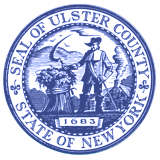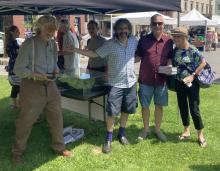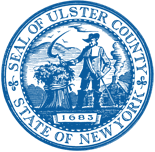Publications
All of the below publications are free downloads. If you would prefer a hard-copy, please Contact Us.
Student "Thank You" Letters
The Persen House receives hundreds of students each year on field trips and organized tours. It is our goal to provide them with a fun, positive learning experience that helps to engage them in their local history.
“Thank you for letting us see the Persen House. I had so much fun.” Hellen, 4th grade student, Kingston School District, 2010
“The Persen House is a very interesting place. Especially those cannon balls. I hope we go again.” Ellie, 4th grade student, Kingston School District, 2010
Testimonials
It is important to the County Clerk’s Office that we provide the best possible service we can. At the Persen House, we strive to meet the needs of all of our visitors and we look forward to hearing your feedback.
The Matthewis Persen House Museum
Ulster County invites you to the Matthewis Persen House Museum and Cultural Heritage Center, a cornerstone of the City of Kingston's historic Stockade District. This house has witnessed many important moments in Ulster County's history. It was burned at least twice, saw wars and revolution and was home to doctors, tailors, grocers, druggists and innkeepers. As you walk through the House, you walk through time. Please join us at the Persen House located at 74 John Street, Kingston, New York, where we bring Ulster County's rich history alive!
Things to Do at Persen House
The Persen House offers a fun and educational experience. Tour the house, view the exhibits, interact with our guest hosts and more. What will be your favorite part of the visit?
Virtual Tour
The complete Persen House Virtual Tour is currently in development. Check the Archives News for updates. Stay tuned!
What is the purpose/function of the Persen House?
The Persen House has been the home of doctors, tailors, innkeepers, druggists, grocers, and Ulster County government. It was burned at least twice, saw wars and revolution, and survived to tell its tale. To walk through this remarkable building, is to walk through Ulster County’s rich local history! The Persen House functions as Ulster County’s Heritage Gateway. Cultural heritage groups from throughout the county guest host at the House and share their treasure troves of history & culture with visitors.
What is the Stockade National Historic District? Why is the Persen House a part of it? What else is there to do/see in the Stockade area?
The Stockade National District is commonly referred to as Uptown Kingston and it is the original site of the Dutch Settlement of Wiltwyck. In 1658, Director General Peter Stuyvesant ordered the residents of Esopus and the surrounding area to move their homes to a defensible location and surround it with palisades, or a stockade. This order was made to prevent attacks from the local Native Americans. The order itself is the oldest record in the Ulster County Archives!
Where is the Persen House located? Where can I park?
The Persen House is located at 74 John Street in uptown Kingston within Kingston’s Stockade National Historic District. Its earliest portions date from c.1661 and it is one of four landmark buildings on each corner of John and Crown Streets. This is the only known intersection in the United States with pre-revolutionary stone houses on all four corners.
Why is the house historically important?
The earliest portion of the Persen House dates from c. 1661 and is one of four landmark buildings on each corner of John and Crown Streets in Kingston. This intersection is the only intersection in the United States with 18th century stone houses on all four corners. The house was built in 5 distinct phases from 1661 to 1922 and the phases represent distinct eras of American history; from the Dutch colonists, to the Revolutionary War, to the Industrial Revolution.
Why is the house unfinished?
Restoration of the Persen house began in 1999 after the occupants were moved out due to structural instability. During the restoration, the historic significance of the structure was uncovered and the decision was made to remove the contemporary walls to reveal the five different phases of the house. The house it left open to highlight the architectural significance of the different phases and how they interact with one another.


